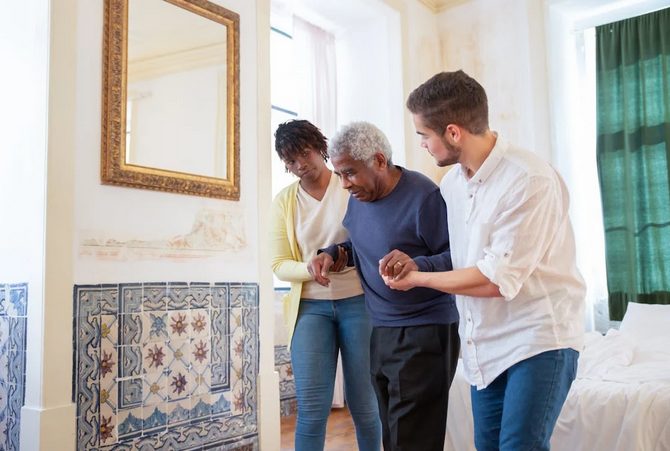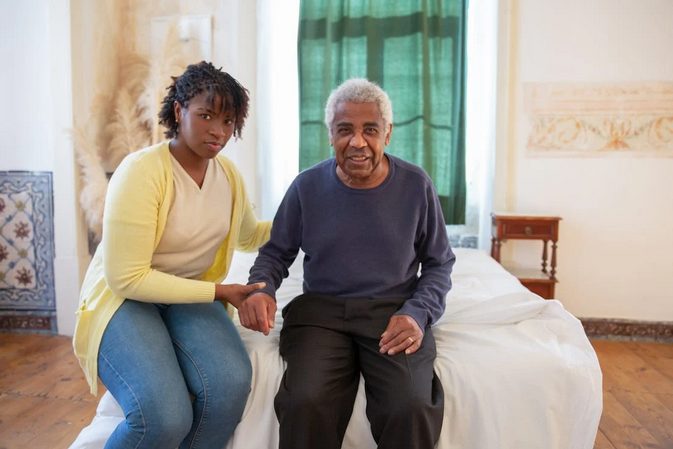Transitioning to a care home can feel overwhelming, both for the individual moving and their loved ones. It’s a significant change that brings about mixed emotions, excitement for new opportunities, and apprehension about leaving familiar surroundings. But once you’ve got the idea about different elderly care options explained, it’s smoother than ever.
With the right preparation and support, this transition can become a memorable experience. Whether it’s establishing connections with staff or personalizing their new space, each step plays an essential role in making the move less daunting. Let’s explore some effective strategies to ease this journey into a new chapter of life.
Considering Pre-Move Visits

Before making the big move, consider scheduling pre-move visits to the care home. These visits are invaluable for easing concerns and building familiarity. During a pre-move visit, your loved one can explore their new environment. They’ll have the chance to meet staff members and even interact with other residents.
This early exposure can help reduce anxiety about what lies ahead. Encourage them to ask questions during these visits. Inquire about daily routines, activities available, and how support is offered throughout the day. Understanding what to expect will provide peace of mind. Additionally, you might want to bring along photos or familiar items from home during these visits.
Personalizing Their Space
 Making a new space feel like home is crucial for comfort during this transition. Start by involving your loved one in the process. Ask them what items they cherish most and want to bring along. Familiar belongings, such as photos or favorite blankets, can create a sense of security. These little touches stir memories and ease anxiety about moving.
Making a new space feel like home is crucial for comfort during this transition. Start by involving your loved one in the process. Ask them what items they cherish most and want to bring along. Familiar belongings, such as photos or favorite blankets, can create a sense of security. These little touches stir memories and ease anxiety about moving.
Consider the layout too. Position furniture in a way that feels cozy and accessible. This not only enhances their experience but also promotes independence. Adding personal decorations, like artwork or plants, can brighten up the room significantly. Each item should reflect their personality, making it uniquely theirs.
Managing Medication Changes
Transitioning to a care home often involves changes in medication. This process can feel overwhelming for both the resident and their family. It’s essential to have open communication with healthcare providers. Discuss any existing medications, allergies, or concerns that may arise during this transition. A clear understanding of what each medication does is crucial.
Create a detailed list of all current medications. Include dosage information and timing for administration. This will serve as a handy reference for caregivers. Regular follow-ups with medical professionals are key after moving in. Adjustments may be necessary as new routines settle in or health needs change over time.
Ensuring Smooth Staff Handover

The staff handover process is vital when transitioning to a care home. It ensures that every caregiver is well-informed about the individual’s needs and preferences. During this time, detailed notes are shared. Caregivers discuss medical history, favorite activities, and any specific routines that should be maintained. This helps in creating continuity of care.
Personal interactions also matter greatly. Encourage family members to participate in these discussions. Their insights can provide valuable context for new staff members who may not yet understand the resident’s unique personality or habits. A warm introduction between residents and caregivers is essential as well.

